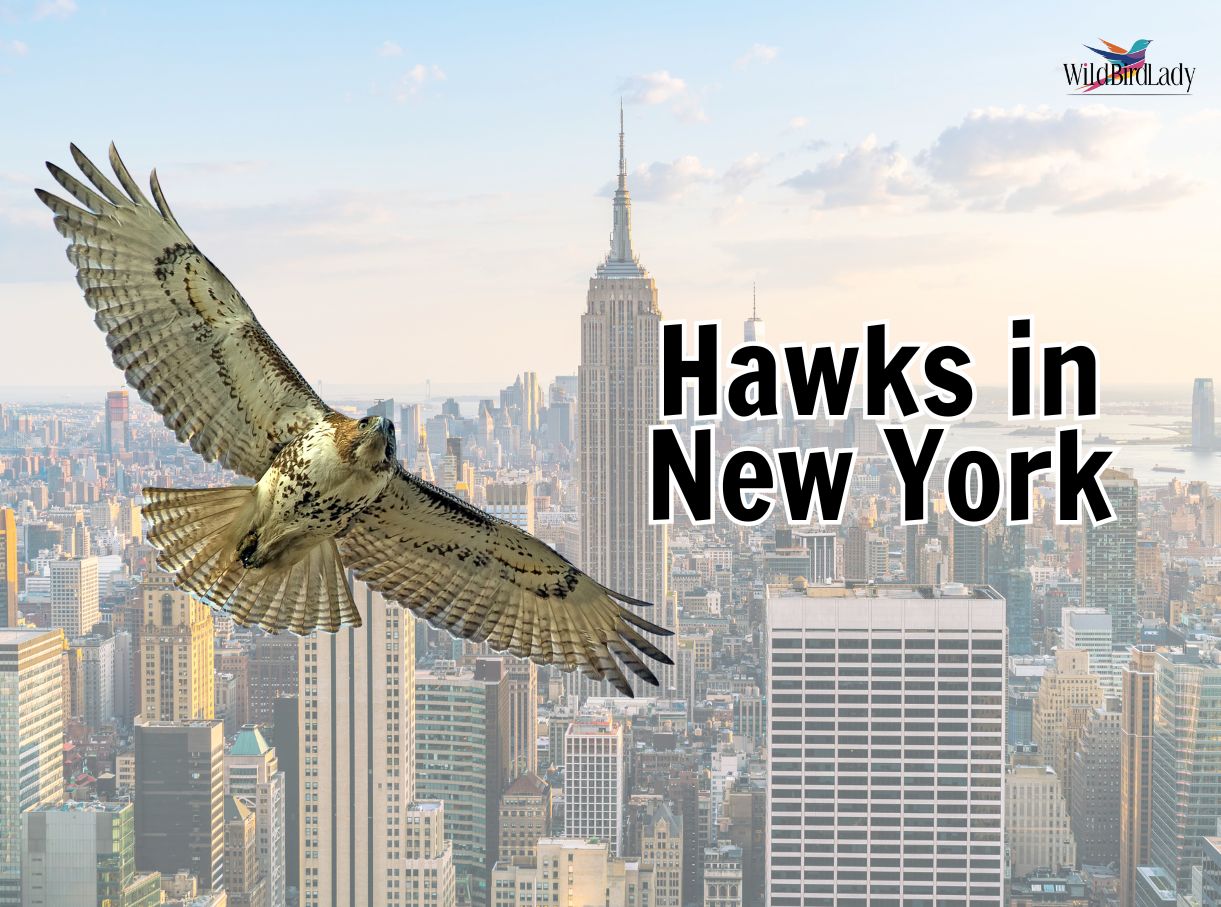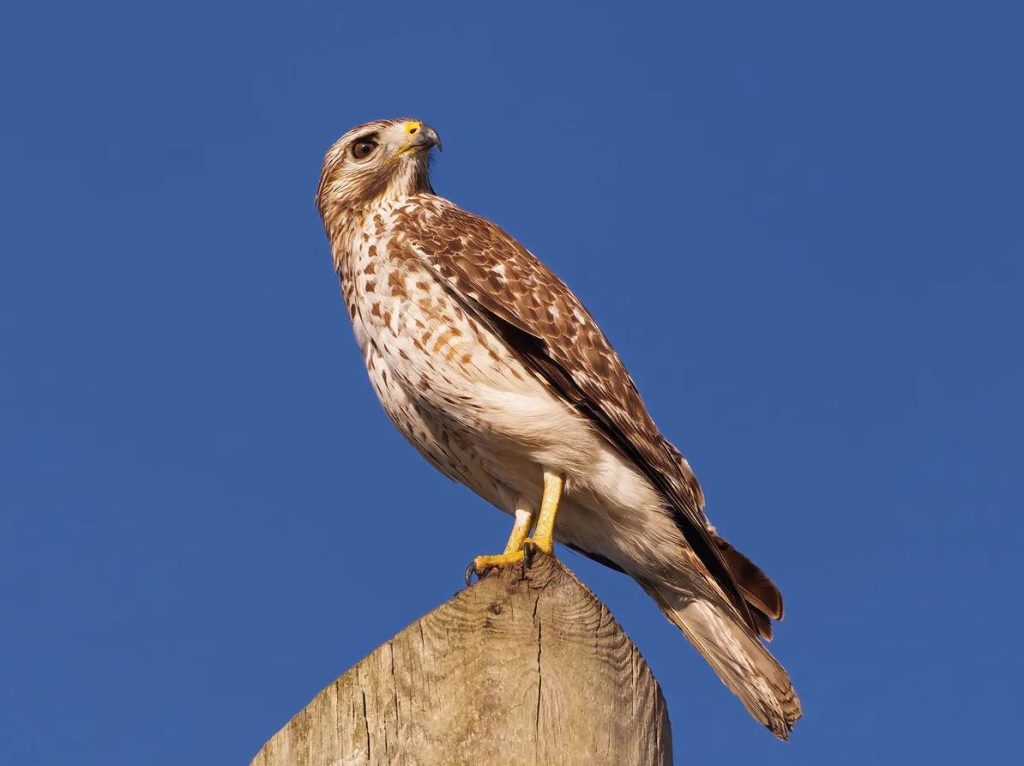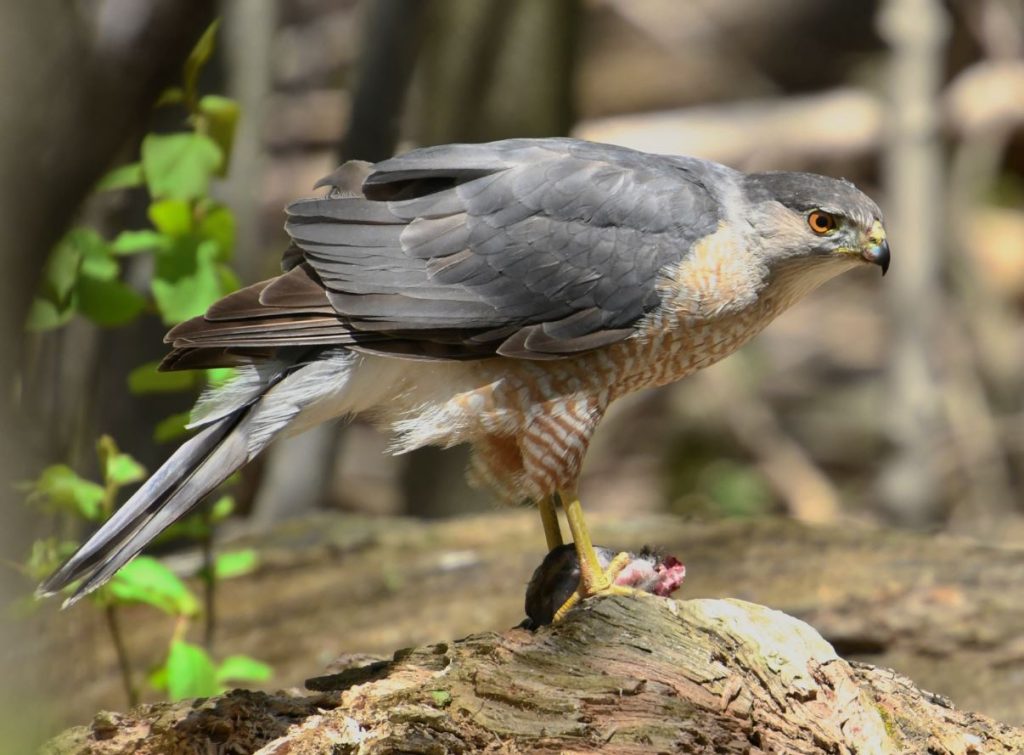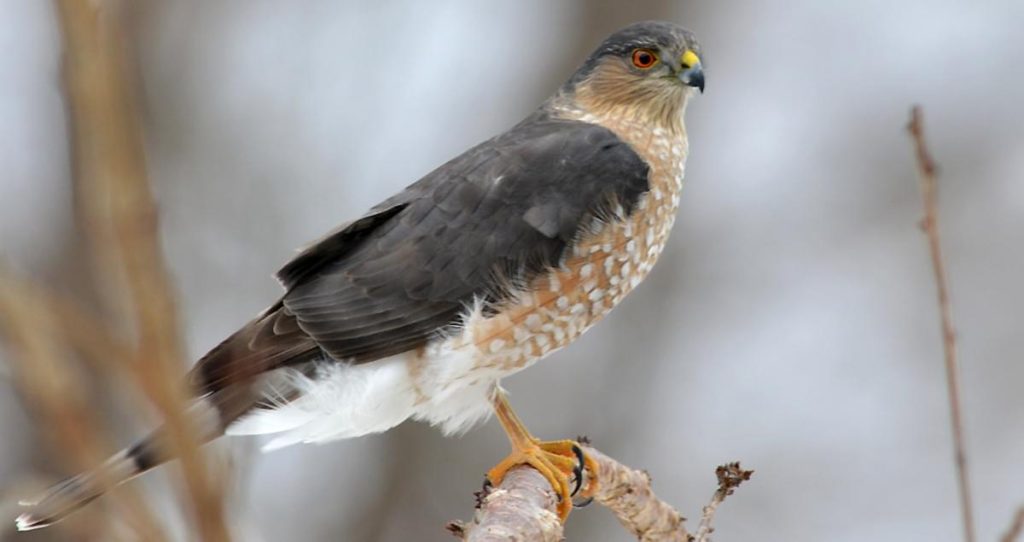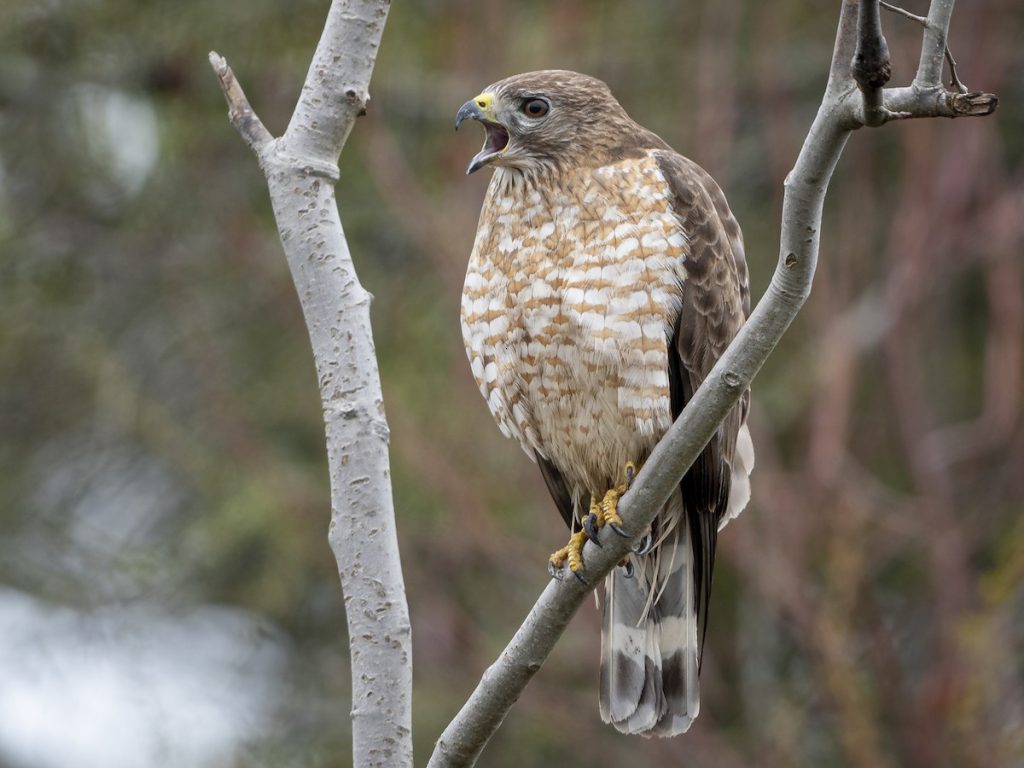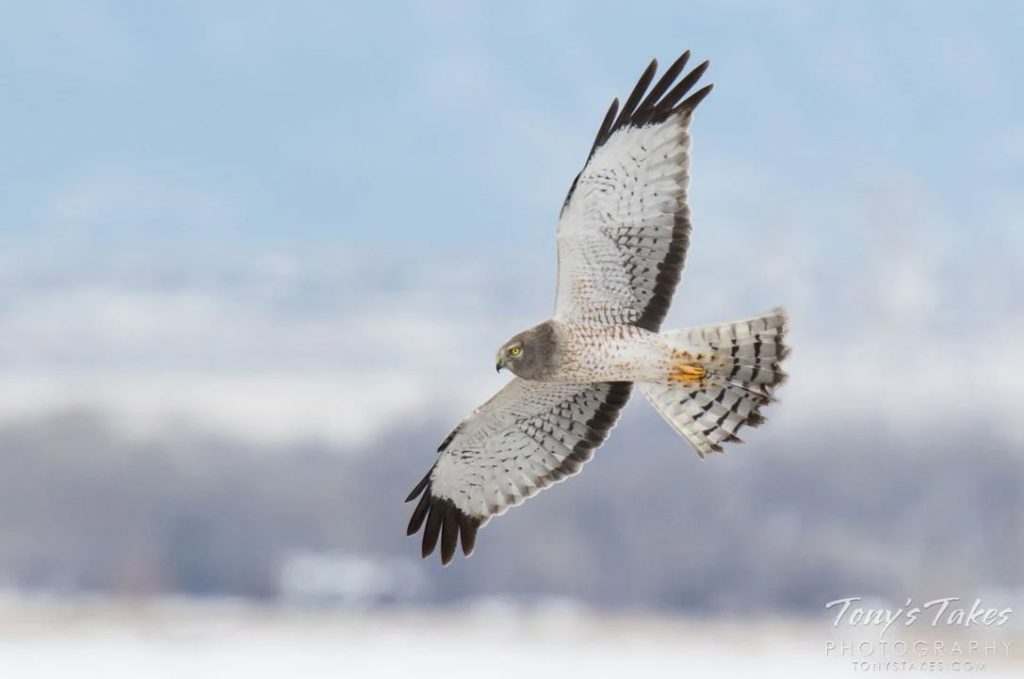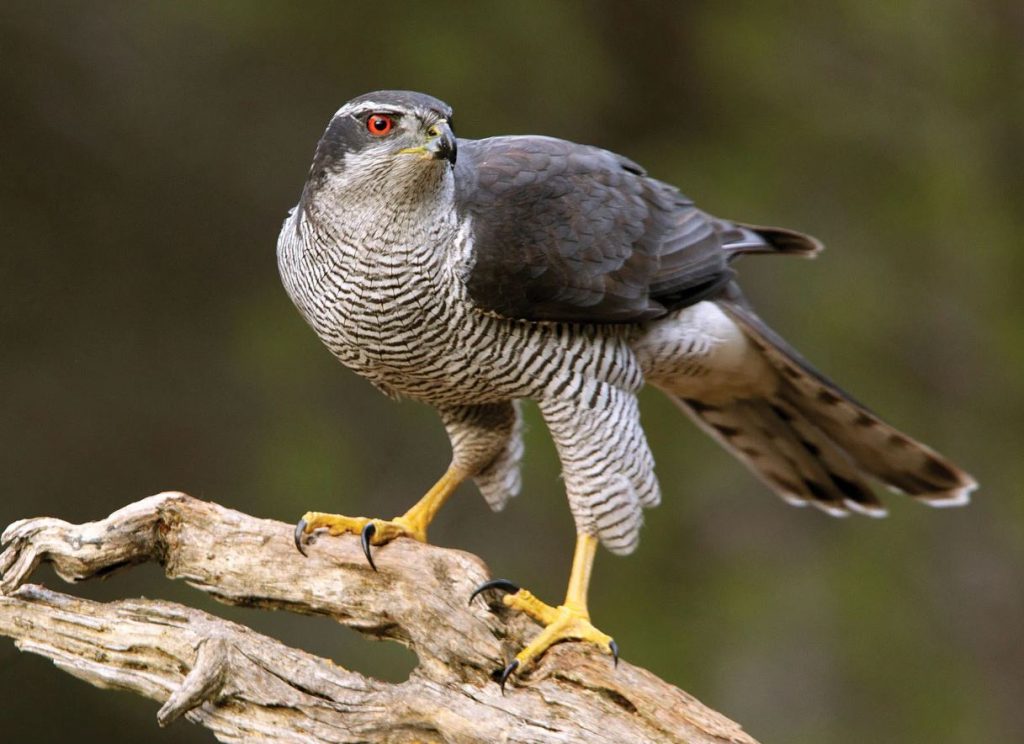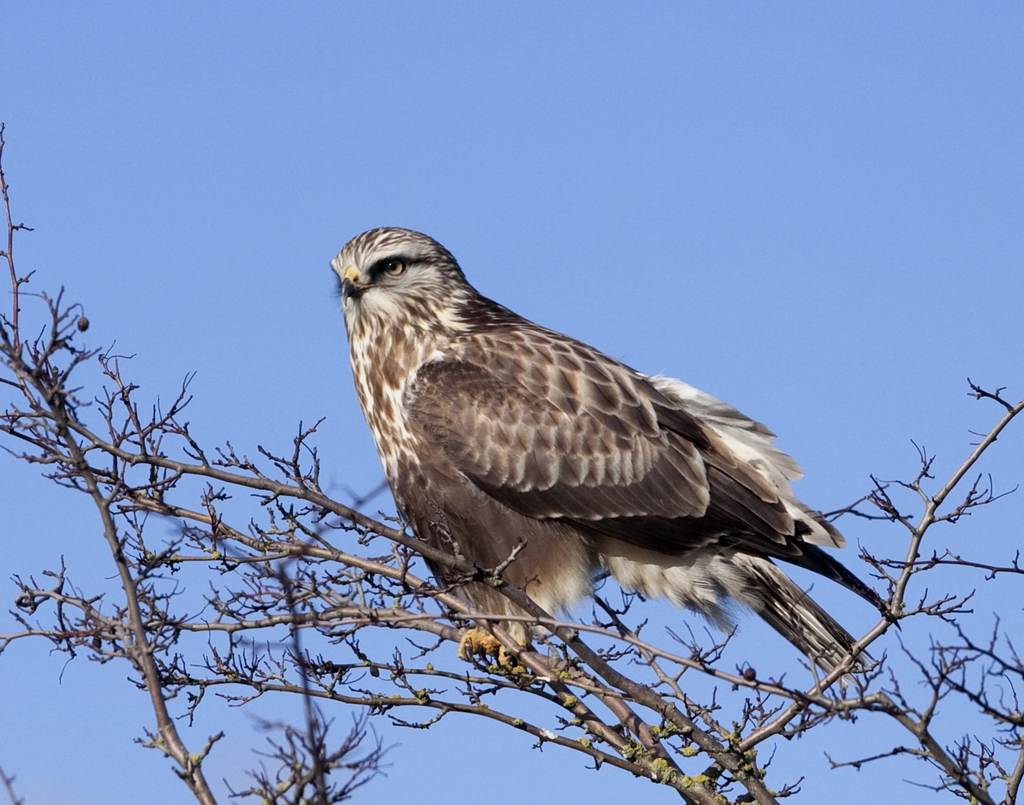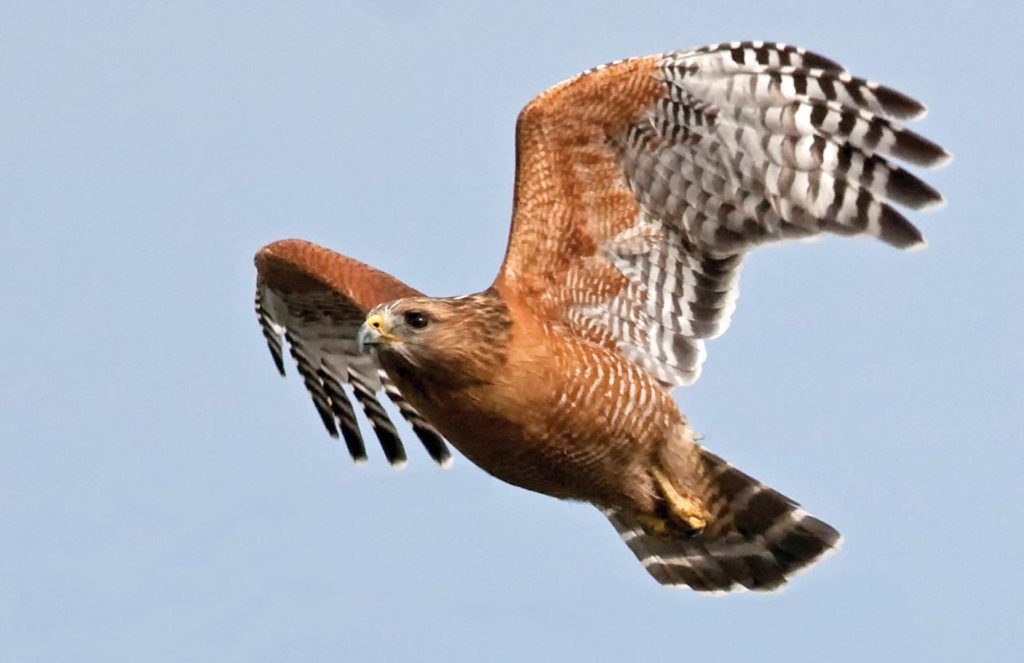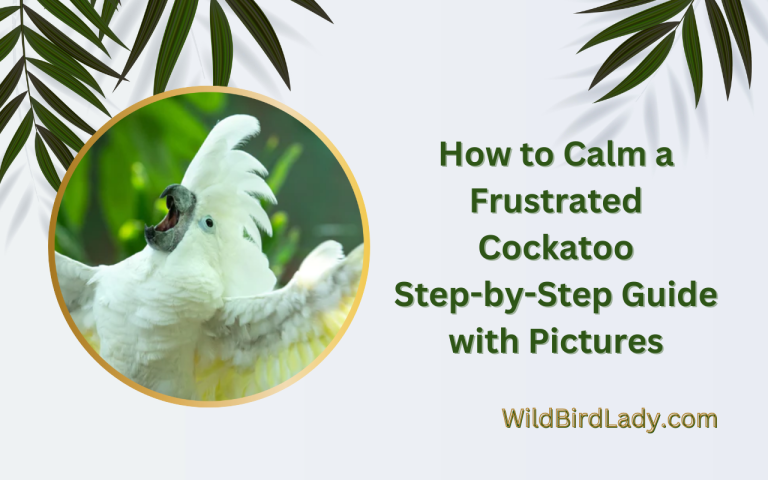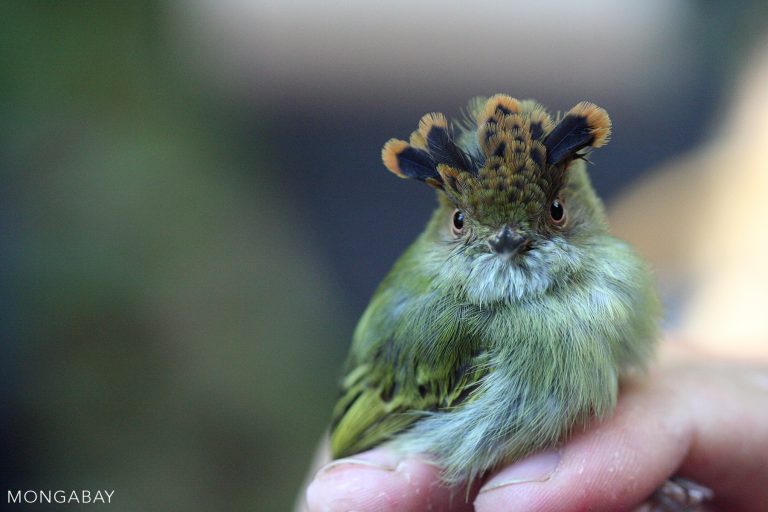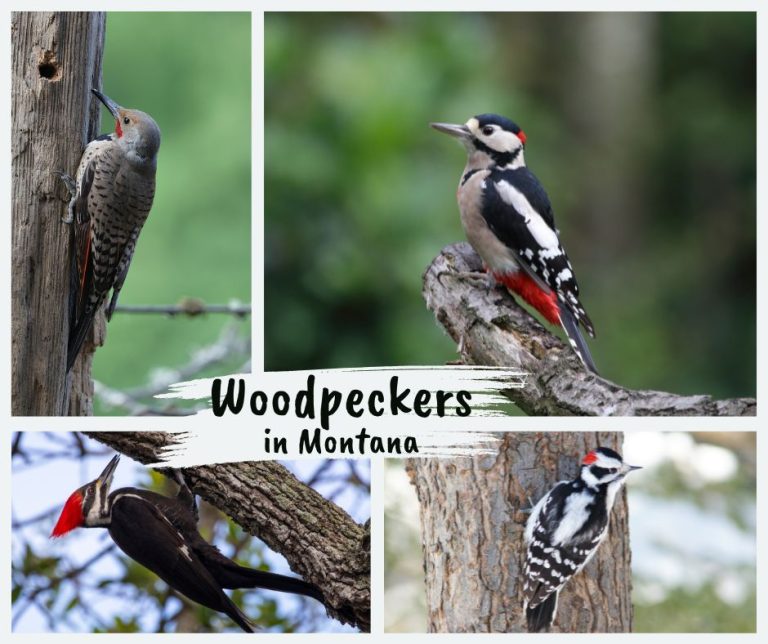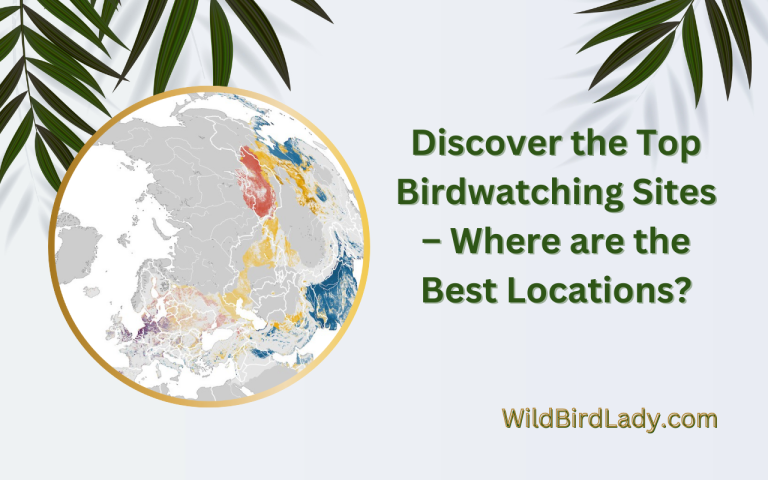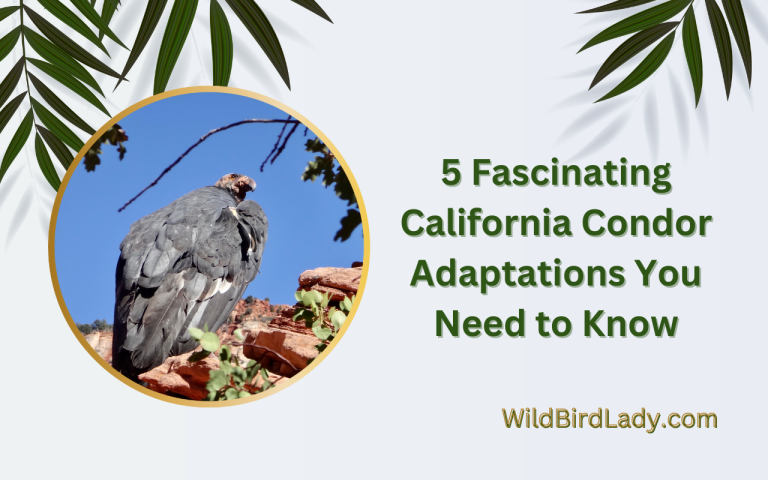Hawks in New York: Identification Guide, Sounds & Where to Spot Them
Introduction
There’s something profoundly humbling about standing in the middle of a bustling New York City park and locking eyes with a hawk circling high above the skyline. It’s a moment where the rhythm of nature and the pulse of the city collide. Many people assume birds of prey only thrive in remote wildernesses—but New York, from the Adirondacks to Central Park, hosts a remarkable range of raptors.
I’ve spent over 13 years as a birdwatching enthusiast, and I can tell you firsthand—the hawks of New York are a powerful reminder that even in our most urban corners, the wild remains. Whether you’re spotting a sharp-shinned hawk on a snowy morning or watching a red-tailed hawk perch stoically atop a skyscraper, each encounter is a lesson in resilience and adaptation.
This guide will take you through everything you need to know about hawks in New York—from species ID and calls, to where and when to see them. Let’s begin our journey into the sky.
Species Spotlight: 8 Common Hawks in New York
Below are the most commonly observed hawks in New York, including size, lifespan, identification, vocalizations, diet, habitat, and best viewing times.
1. Red-Tailed Hawk (Buteo jamaicensis)
- Size: 18–26 inches long; wingspan 43–55 inches
- Lifespan: Up to 20 years in the wild
- Identification: Broad, rounded wings and a trademark reddish tail. Adults have a pale underside with a belly band of streaks.
- Habitat: Found statewide—from Central Park to rural forests. Often seen perched on lampposts and tall buildings.
- Diet: Primarily rodents, squirrels, rabbits, and birds.
- Best Time to See: Year-round; most active during midday.
- Call: A raspy, descending scream:
2. Cooper’s Hawk (Accipiter cooperii)
- Size: 14–20 inches; wingspan 24–35 inches
- Lifespan: Up to 12 years
- Identification: Medium-sized hawk with a blue-gray back, red eyes, and a rounded tail.
- Habitat: Wooded suburbs, city parks, especially during migration.
- Diet: Birds (doves, pigeons, songbirds), and small mammals.
- Best Time to See: Fall and spring migration.
- Call: Sharp cackling sounds:
3. Sharp-Shinned Hawk (Accipiter striatus)
- Size: 9–13 inches; wingspan 17–22 inches
- Lifespan: 3–5 years on average
- Identification: Smallest North American hawk. Blue-gray above, with a narrow tail and orange barring on chest.
- Habitat: Forest edges, backyards with bird feeders during migration.
- Diet: Primarily small birds.
- Best Time to See: Fall migration, particularly in October.
- Call: High-pitched rapid “kik-kik-kik”:
4. Broad-Winged Hawk (Buteo platypterus)
- Size: 13–17 inches; wingspan 29–39 inches
- Lifespan: Around 12 years
- Identification: Stocky build, brown upperparts, white underparts with horizontal barring.
- Habitat: Forested areas, upstate New York during breeding season.
- Diet: Amphibians, insects, rodents, reptiles.
- Best Time to See: September, during mass migration (“kettling”).
- Call: A thin, high-pitched whistle:
5. Northern Harrier (Circus hudsonius)
- Size: 16–20 inches; wingspan 38–48 inches
- Lifespan: 7–15 years
- Identification: Slim, long-tailed hawk. Males are gray; females brown. Distinct white rump patch.
- Habitat: Open marshes, grasslands (Jamaica Bay Wildlife Refuge).
- Diet: Voles, mice, birds, reptiles.
- Best Time to See: Winter months, especially January–March.
- Call: Harsh “kek-kek-kek”:
6. Northern Goshawk (Accipiter atricapillus)
- Size: 20–25 inches; wingspan 40–46 inches
- Lifespan: Up to 17 years
- Identification: Large raptor with gray plumage, bold white eyebrow, and thick chest streaking.
- Habitat: Deep forests in the Adirondacks and Catskills.
- Diet: Grouse, rabbits, squirrels.
- Best Time to See: Winter irruptions; very rare in southern NY.
- Call: Loud, rapid “ki-ki-ki”
7. Rough-Legged Hawk (Buteo lagopus)
- Size: 18–23 inches; wingspan 52 inches
- Lifespan: 10–15 years
- Identification: Feathered legs, pale underwings with dark wrist patches.
- Habitat: Open country—Hudson Valley, Long Island in winter.
- Diet: Small mammals like lemmings and voles.
- Best Time to See: Late fall to early spring.
- Call: Soft mewing:
8. Red-Shouldered Hawk (Buteo lineatus)
- Size: 16–24 inches; wingspan 37–43 inches
- Lifespan: Up to 19 years
- Identification: Rich reddish chest, black-and-white checkered wings.
- Habitat: Wooded wetlands, Central and Prospect Park in NYC.
- Diet: Frogs, snakes, mice, and crayfish.
- Best Time to See: Spring and early summer.
- Call: Repeated “kee-rah, kee-rah”:
Best Places to See Hawks in New York
Looking for the perfect vantage point? Here are top hawk-watching locations across the state:
1. Central Park (Manhattan)
- Hotspot for Red-tailed and Cooper’s Hawks.
- Look near Sheep Meadow, The Ramble, and Turtle Pond.
2. Jamaica Bay Wildlife Refuge (Queens)
- Wintering site for Northern Harriers and Rough-legged Hawks.
3. Hawk Mountain at Franklin D. Roosevelt State Park (Yorktown Heights)
- One of the best spots during fall migration.
4. Montezuma National Wildlife Refuge (Finger Lakes)
- Ideal for seeing Northern Harriers, Red-shouldered, and Broad-winged Hawks.
5. Adirondack Park
- Goshawks, Broad-winged Hawks, and other forest raptors.
6. Caumsett State Historic Park Preserve (Long Island)
- Great for wintering hawks and open-field observation.
7. Ridge Hill Hawk Watch (Yonkers)
- Active during September–October migrations.
FAQ: Hawks in New York
Q: Are hawks protected in New York?
A: Yes. All hawks are federally protected under the Migratory Bird Treaty Act. It’s illegal to harm or capture them.
Q: Can hawks live in cities like NYC?
A: Absolutely. Species like Red-tailed Hawks and Cooper’s Hawks adapt well to urban environments.
Q: What’s the difference between a hawk and a falcon?
A: Hawks have broader wings and soar more often; falcons are faster with pointed wings and hunt on the wing.
Q: When is hawk migration in New York?
A: Peak migration is September through mid-October. Broad-winged Hawks often travel in massive groups called “kettles.”
Q: Are hawks dangerous to pets?
A: Small pets under 5 pounds could be at risk, but such incidents are rare. Always supervise small animals outdoors.
Conclusion
From the urban jungles of Manhattan to the serene forests of the Adirondacks, hawks in New York prove that nature’s apex predators aren’t confined to remote wildernesses. With sharp talons, piercing eyes, and a silent glide, they command attention and awe. Whether you’re a seasoned birder or just beginning your journey, the hawks of New York offer endless fascination.
So next time you glance upward, take a moment—you might just witness one of these silent hunters patrolling the skies above the Empire State.
Read Also: Your Guide to Hawks in Ohio: Identification, Calls, and Where to Find Them
Bonus: Watch Hawks of New York in Action
Here’s a curated YouTube video featuring several hawk species filmed in various parts of New York, including Central Park:

